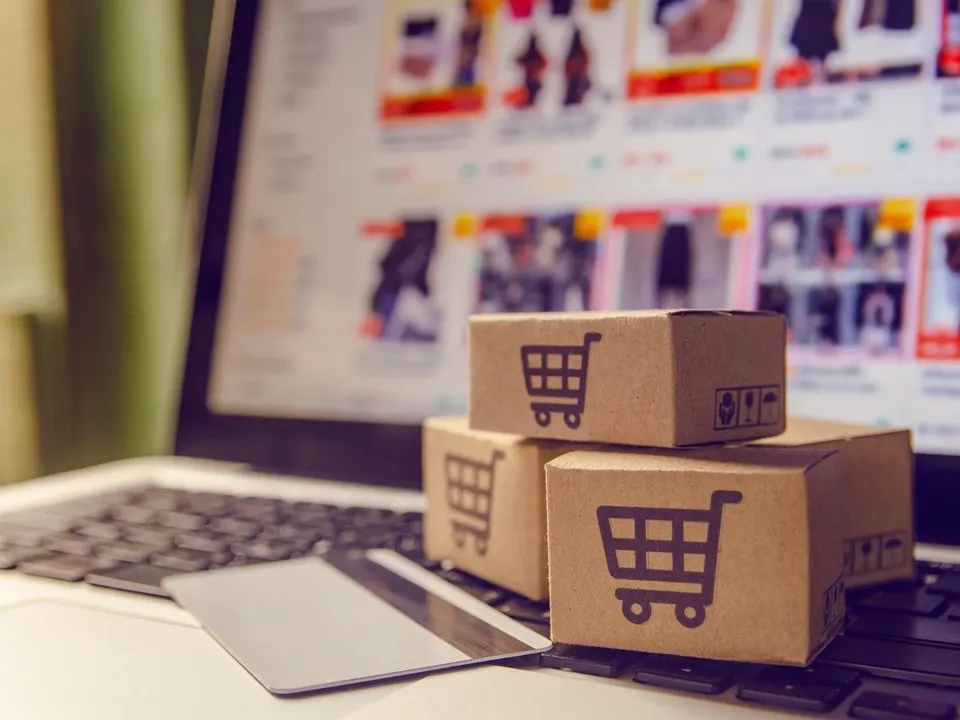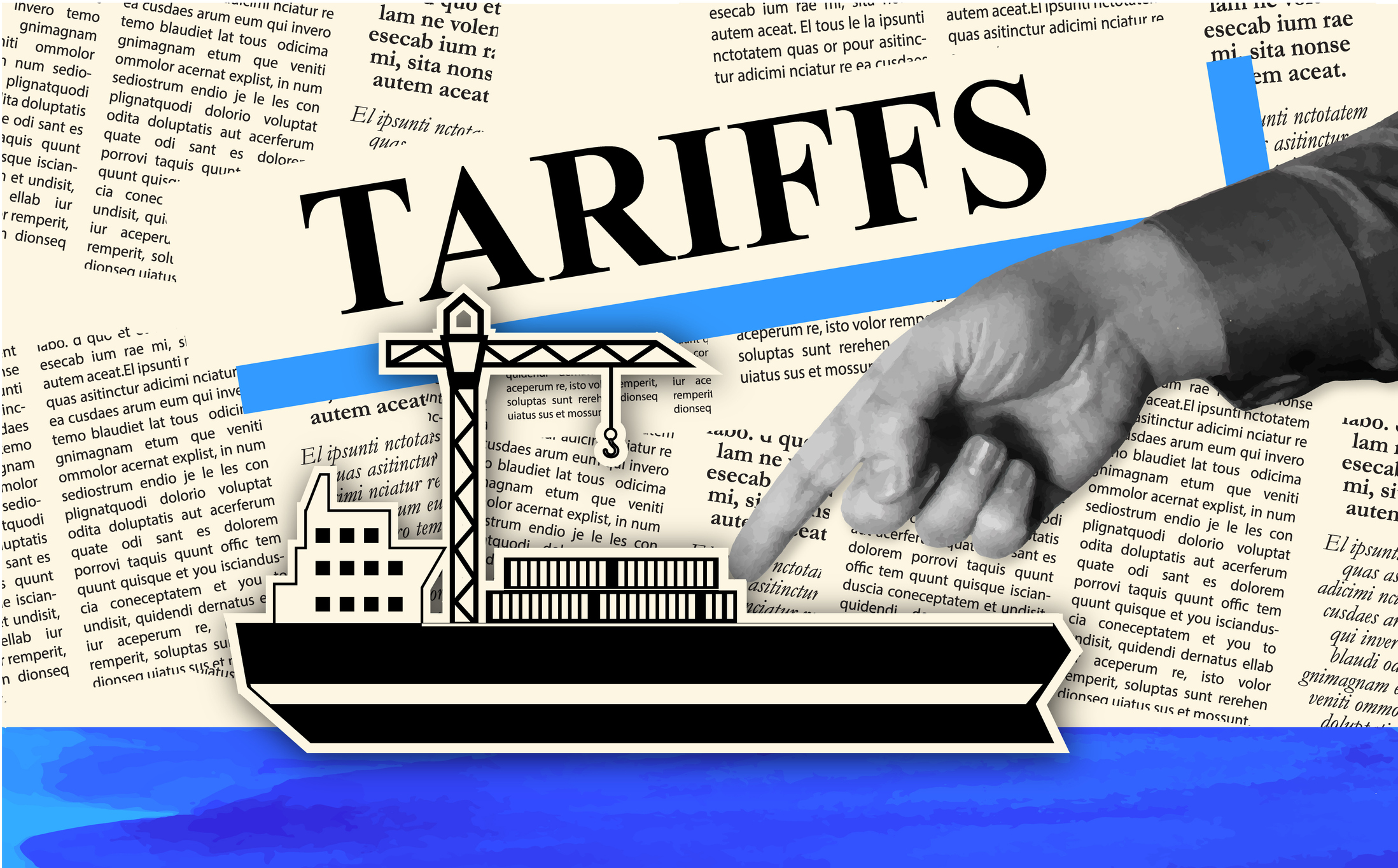Shrinkflation—the practice of reducing product size while maintaining (or subtly raising) price—has been a tool in brand toolkits for decades. But in 2025, it’s entering the digital age. Brands are no longer relying on broad packaging changes; they’re implementing AI-powered micro-adjustments informed by consumer behavior analytics. Discover how companies use AI analytics and data science to execute subtle shrinkflation without alerting consumers. Learn real-world examples, regulations, and procurement strategies.
This new wave of shrinkflation is stealthier, more sophisticated—and potentially more insidious. Machine learning models now analyze purchase data, social sentiment, and price elasticity to identify the precise product reductions consumers won’t notice. These micro‑shifts—often just a few grams or milliliters—sidestep price resistance while protecting brand margins.
In this blog, we unpack how AI-driven shrinkflation works: from data pipelines to real-world use cases. We evaluate the consumer response, regulatory efforts, and strategic safeguards—culminating in procurement advice from global expert Mattias Knutsson.
Shrinkflation Today: A Brief Snapshot
Even as headline inflation cools, shrinkflation remains alive—and growing—with brands using less‑visible methods to protect margins. Between 2021 and 2024, multinational consumer goods companies raised prices by 17–34%, often while shrinking product sizes simultaneously. Online search frequency for “shrinkflation” surged over 100% in late 2023 through early 2024, and over 75% of American grocery shoppers report noticing subtle reductions in goods.
These trends illustrate an evolving dynamic: shrinkflation is no longer obvious but calibrated to appear invisible.
How AI Shapes Next‑Generation Shrinkflation
AI’s integration into pricing and packaging has enabled brands to:
Analyze consumer thresholds: Advanced machine learning algorithms detect when product size reductions fall beneath the “just‑noticeable difference” (JND) in weight, volume, or even package density—the threshold psychology shows people only perceive changes beyond this mark.
Run continuous A/B tests: Brands deploy micro-size variants across matched consumer groups, tracking performance through sales stability, repeat purchase rates, and online sentiment.
Monitor sentiment in real time: Algorithms scan social media, forums, and customer feedback to detect word cloud spikes around terms like “smaller size” or “missing cookies.”
Together, these methods produce shrinkage strategies that are quietly optimized for margin, engagement, and minimal consumer impact.
Real-World Examples
Snack Brands
A global snack company reportedly used data from loyalty programs to cut multipack chip counts from 22 to 21 chips—a mere 4.5% reduction—while maintaining price. Internal AI models showed no shift in repeat purchase intent.
Similarly, a UK-based chocolate brand used purchase, heatmap, and scroll-depth data to reduce chocolate bar size by 1.5%, well within perceptual margins, yet delivering a 3–5% boost in per-ounce margin.
Beverage Sector
Certain beverage brands removed 30 ml from bottle fill levels—just enough to avoid competitive price matching but still boost profit per liter. Acceptance confirms consumer behavior didn’t change, while unit revenue rose 2–4%.
Beauty Products
Cosmetics firms have reduced formulations by 3–4%, redistributed the remaining volume more efficiently, and implemented identical packaging—enabled by AI-based texture analysis to preserve user experience.
These cuts are aligned to long-term micro‑adjustment strategies that avoid triggering consumer suspicion.
Consumer Psychology and Perception
Shrinkflation tactics are built on well-known bias patterns:
JND thresholds: Drawn from Weber’s law, onset thresholds up to 5–7% often go unnoticed in everyday purchases.
Price anchoring: Consumers compare packaging or price points against expectations, not grams. A bottle labeled 500 ml still “looks full.”
Framing and packaging upgrades: By launching smaller packs alongside supposedly “premium” variants or transparency narratives, companies contextualize shrinkage as innovation.
However, when transparent labeling (“Now smaller, same price”) is absent, consumer trust erodes—driving social media backlash, negative reviews, and even activism.
Regulatory Pushback Around the World
The rise of AI‑driven shrink strategies has prompted pushback:
- France requires shrinkflated items be clearly labeled for 60–90 days.
- South Korea mandates tolerances and disclosures; noncompliance can trigger fines.
- In 2024, U.S. lawmakers introduced the Shrinkflation Prevention Act, requiring transparent labeling.
Retailers themselves are taking action: Korea’s supermarkets mandate artificial intelligence audits of package weights, and France’s Carrefour uses shelf tags to flag shrinkage.
Ethical AI: The Other Side of Tech‑Driven Shrinkflation
Academics warn that AI used for covert shrinkage risks breaching ethical consumer data standards. When AI becomes the driver of strategies hidden from consumers, it raises questions of fairness, transparency, and trust.
Furthermore, AI-driven shrinkage may not erode only quantity but quality—sparking fears of “skimpflation” as brands substitute cheaper ingredients under the same facade.
Procurement Implications: Trust and Value Management
For supply chain and procurement professionals:
- Craft RFPs with per-unit delivery guarantees—not just counts or nominal weights.
- Use tactile inspections or AI-enabled packaging analysis to flag deviations.
- Require supplier AI disclosure: Under what data conditions were packaging changes made? Are decisions auditable?
- Negotiate price protection clauses tied to unit size or quality metrics.
These actions ensure trust is embedded in procurement, not just numbers.
Brand Strategy: Balancing Margin and Morality
Companies successful in the long term adopt:
- Transparent shrink strategies—announce adjustments, frame them around sustainability or affordability.
- Consumer choice architectures—offer tiered sizes tailored to budgets and waste preferences.
- Trust-centric branding—those that opt for open communication about shrink measures build resilience.
PepsiCo, for instance, restored 20% extra chips in Ruffles Tostitos packs after facing public ire and promises to audit size practices.
Mattias Knutsson’s Strategic Insight
As procurement and business strategist Mattias Knutsson notes:
“In an AI-enabled product environment, value consistency becomes as important as cost control. Procurement leaders must monitor product integrity at a granular level. Buyers expect transparency—even when size is reduced, trust should never shrink.”
Conclusion:
AI-driven shrinkflation presents both opportunity and risk. It’s efficient, margin-enhancing—but can erode brand equity if discovered. With smart oversight, transparent communication, and consumer-centric framing, companies can balance profitability with integrity.
Procurement teams have a critical role—ensuring that AI-enhanced pricing tactics don’t undermine supply chain fairness or consumer trust. Those who embed value protection, biasian alerting, and public accountability in vendor partnerships will win in today’s data-playground economy.
In the final analysis: if AI is used to shrink, brands must decide whether to let trust shrink with it—or stand tall in openness.





